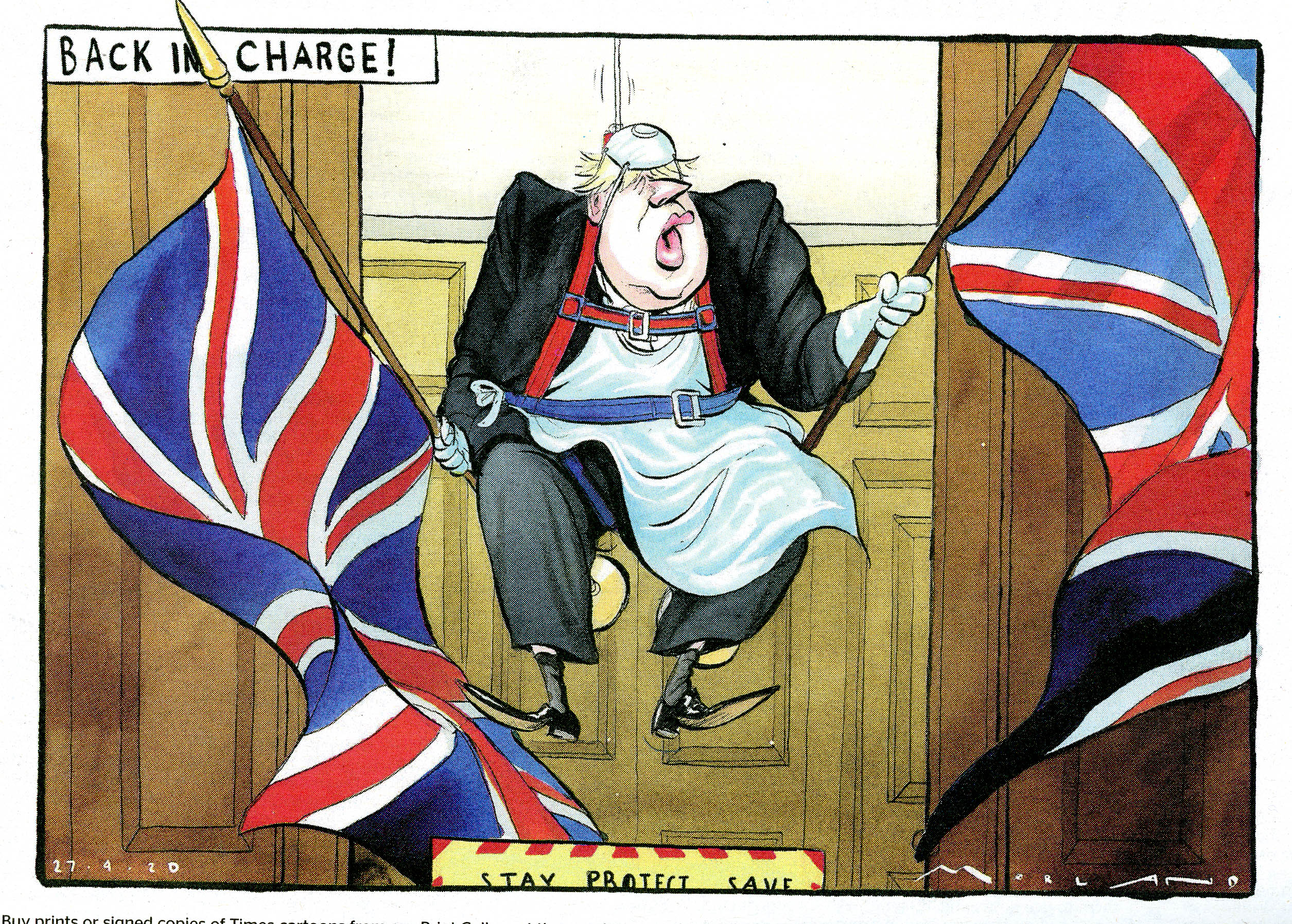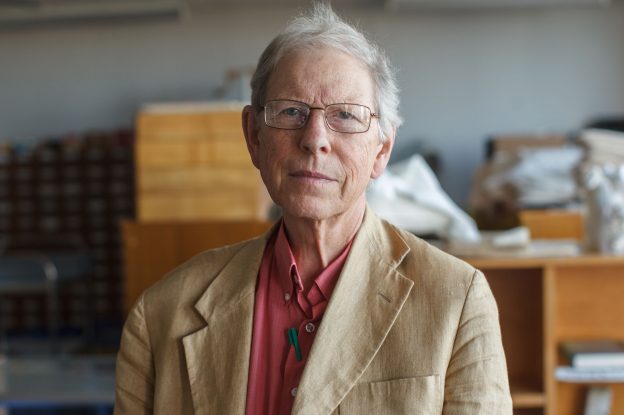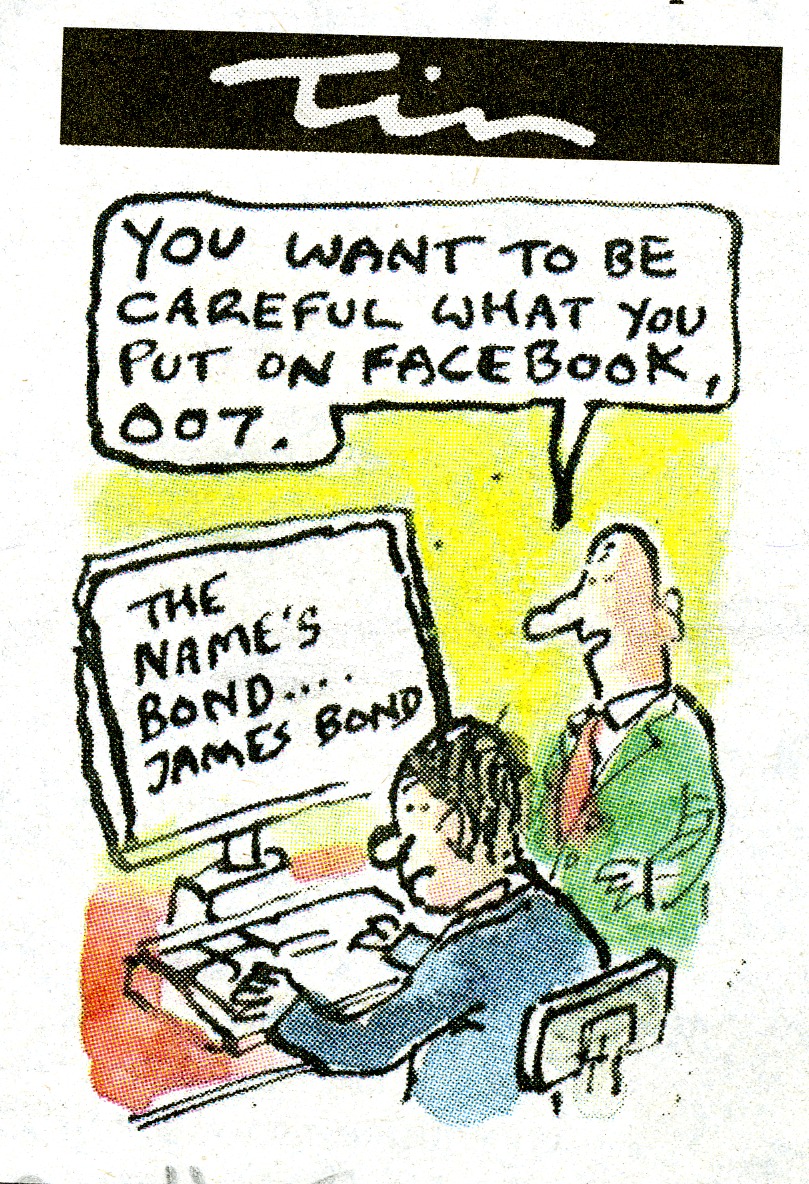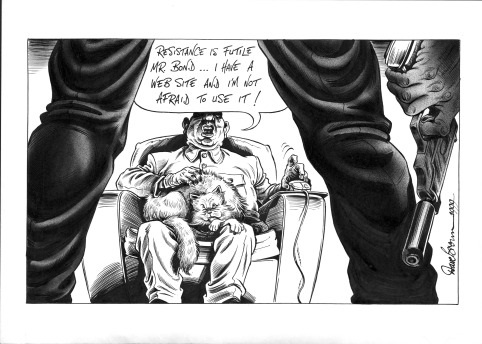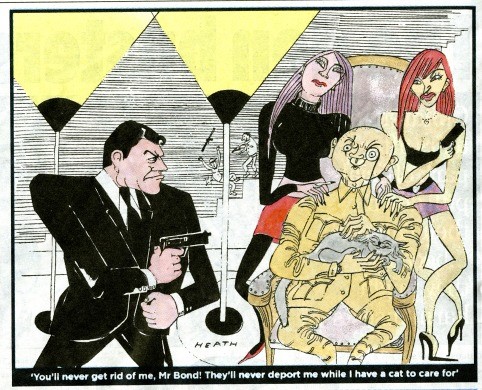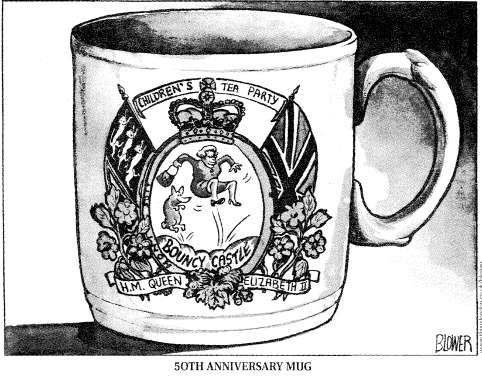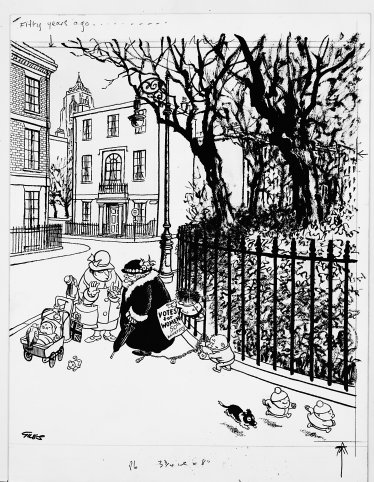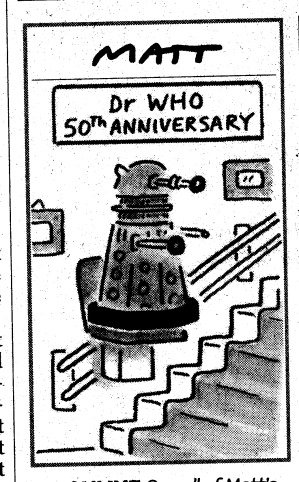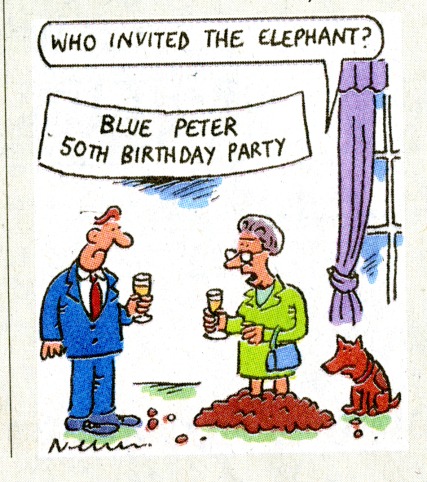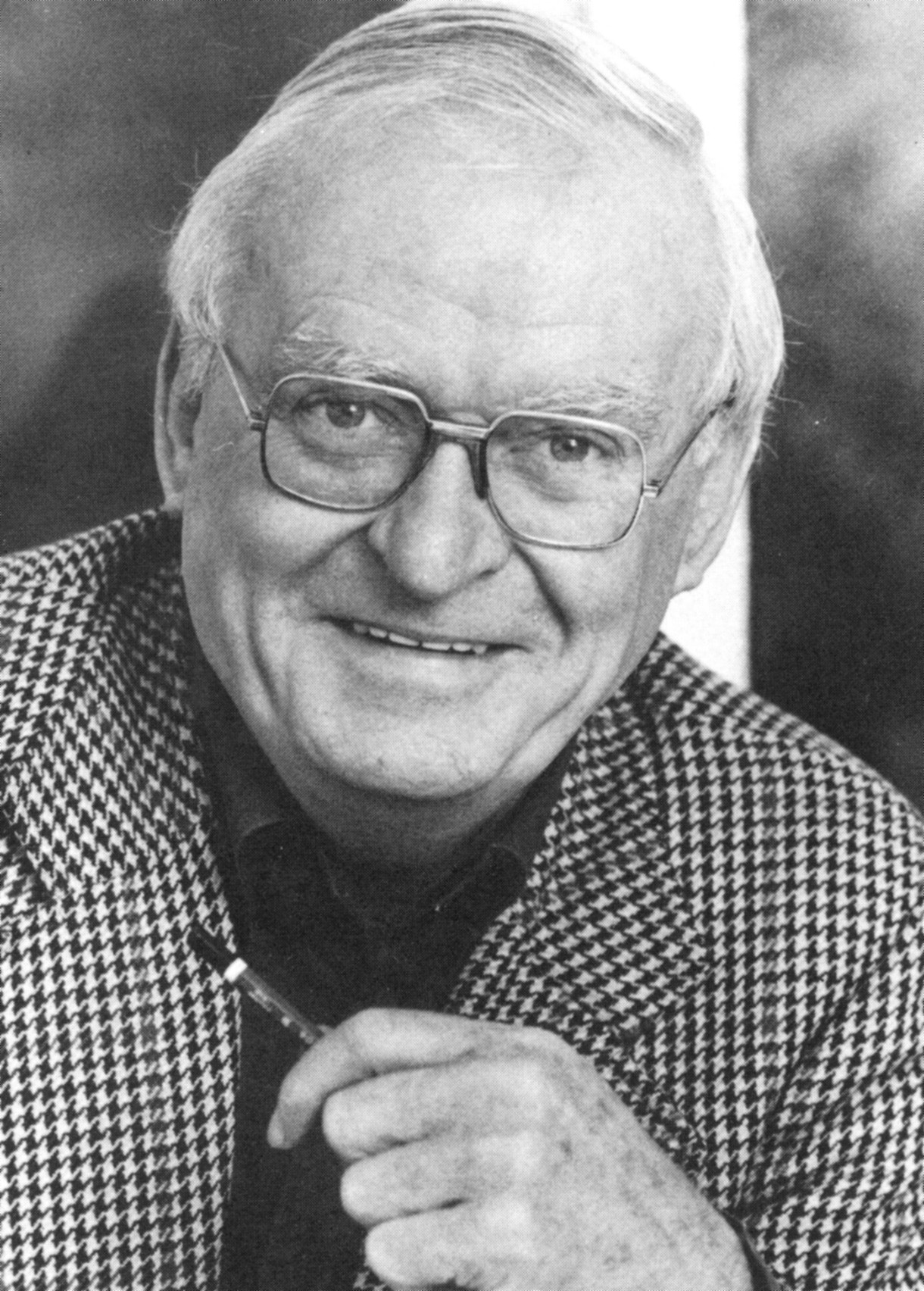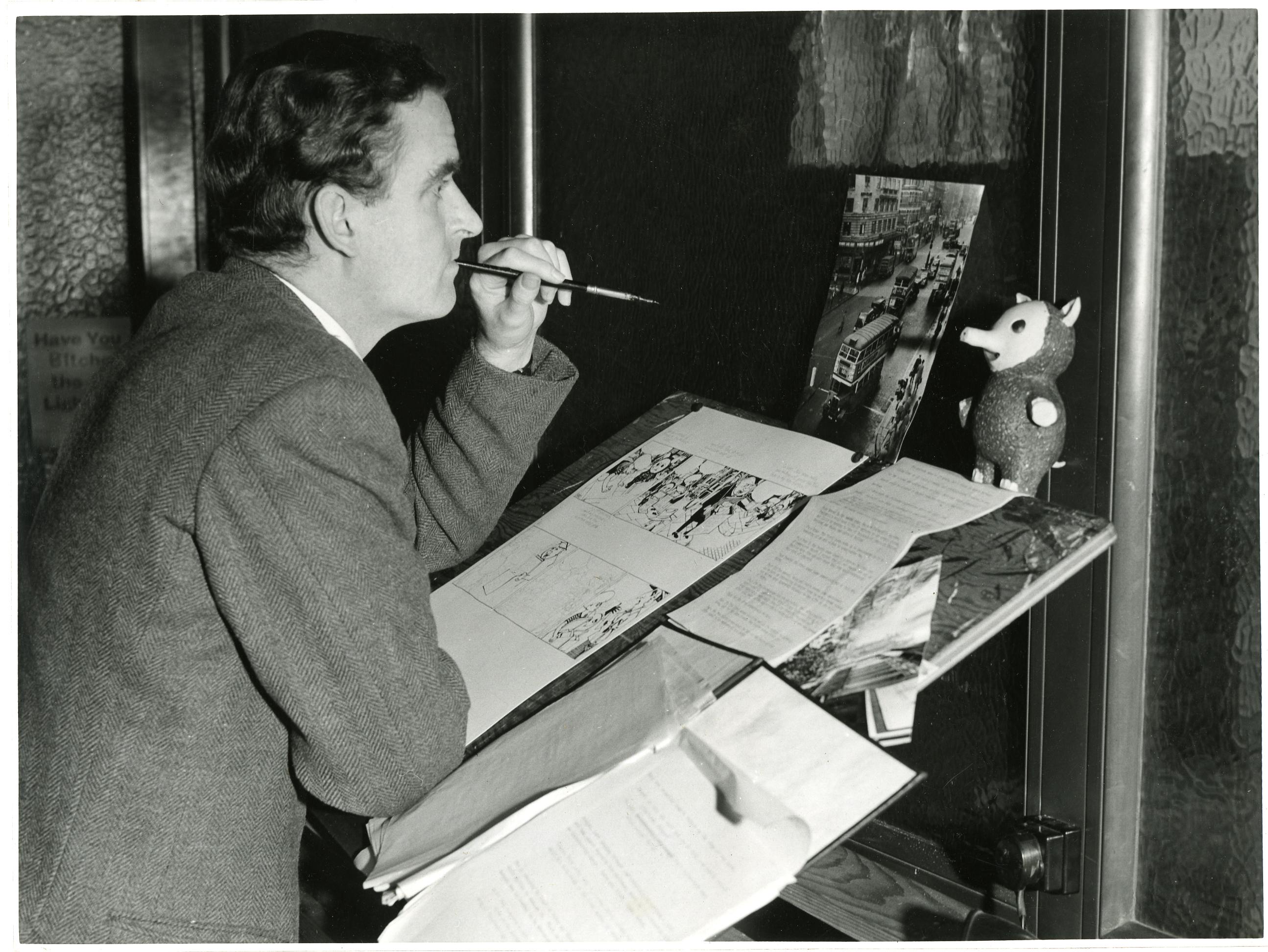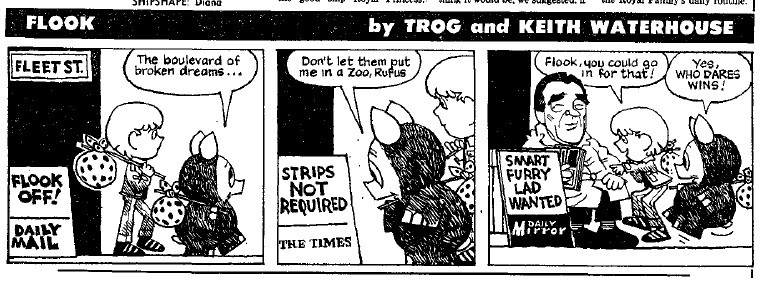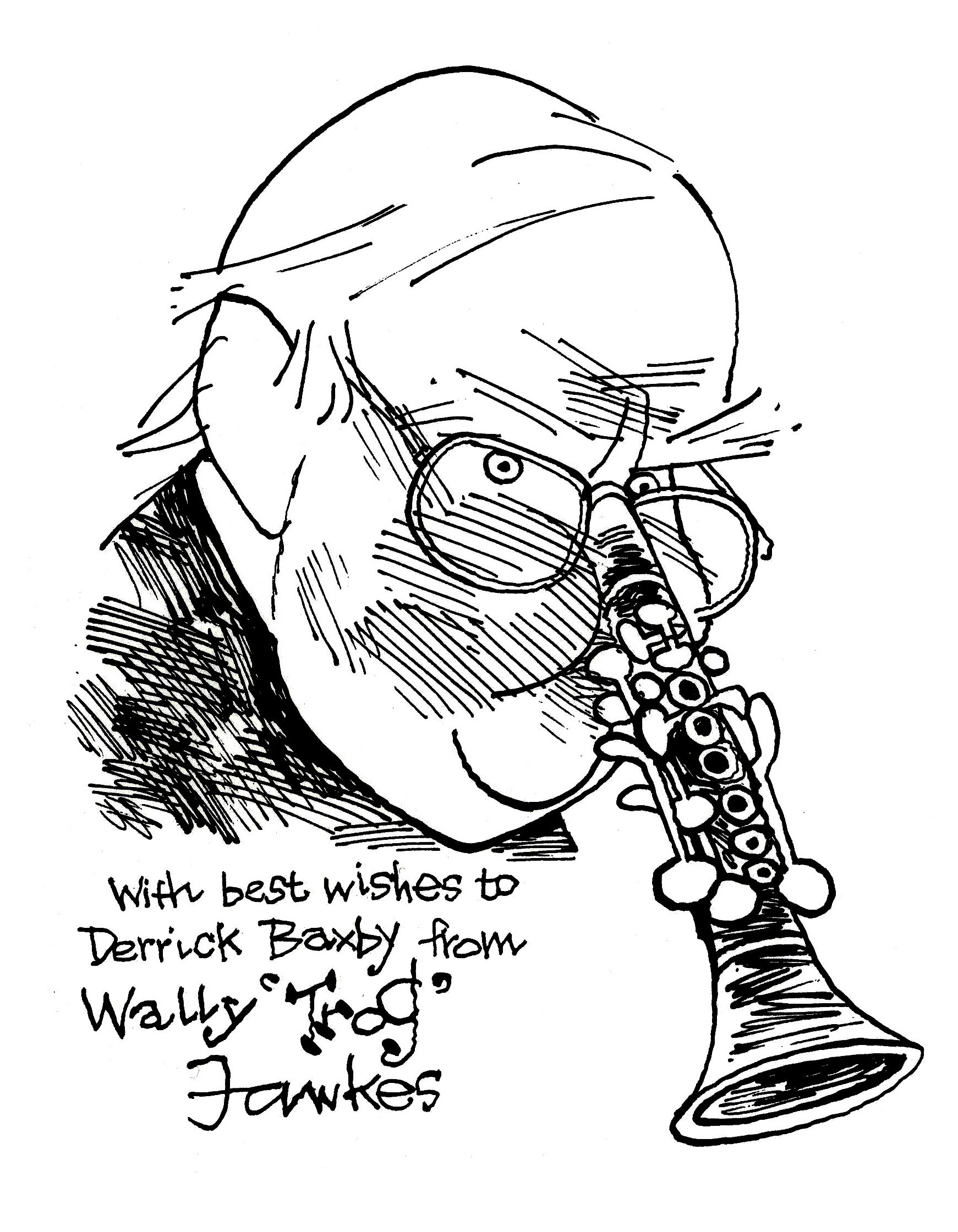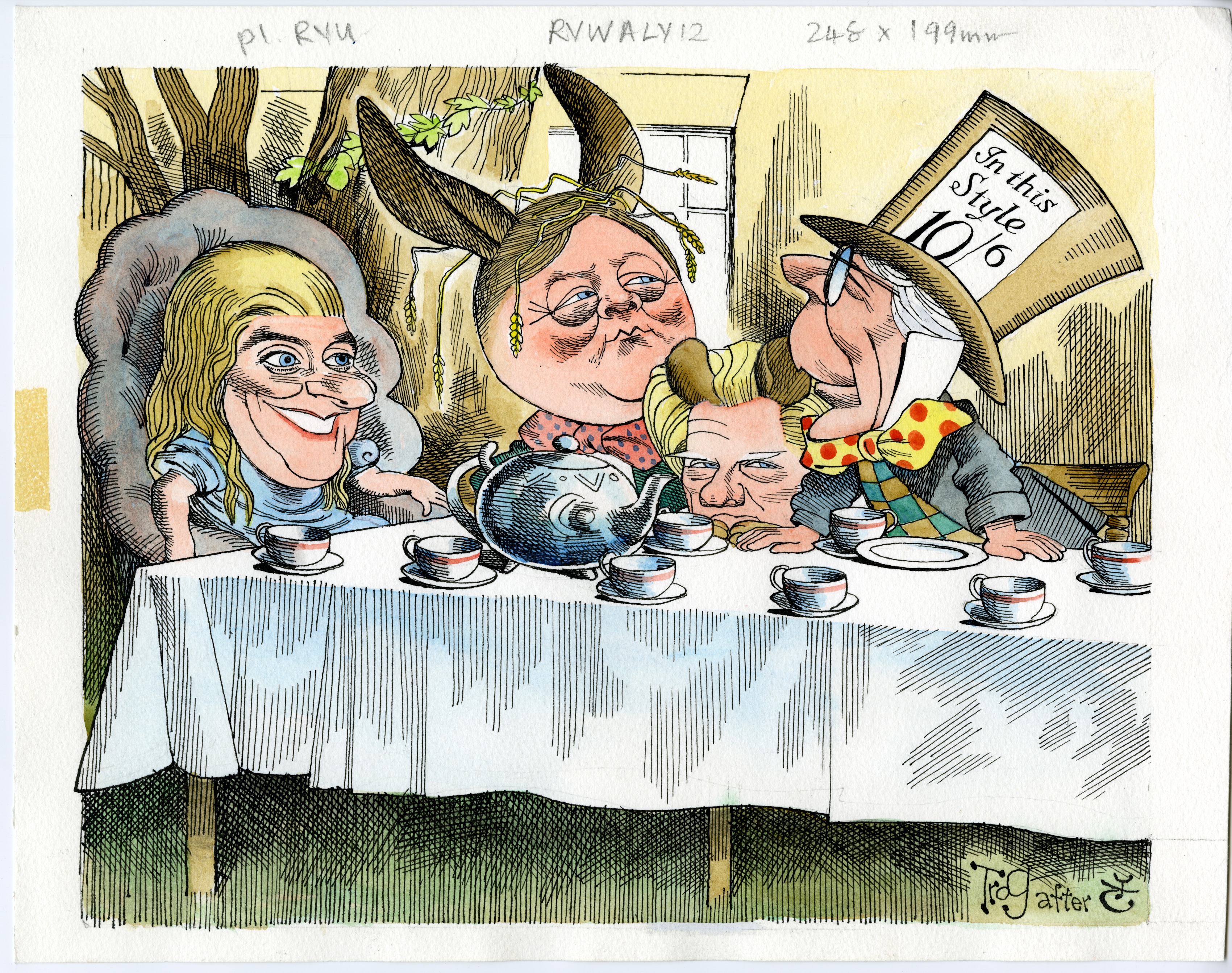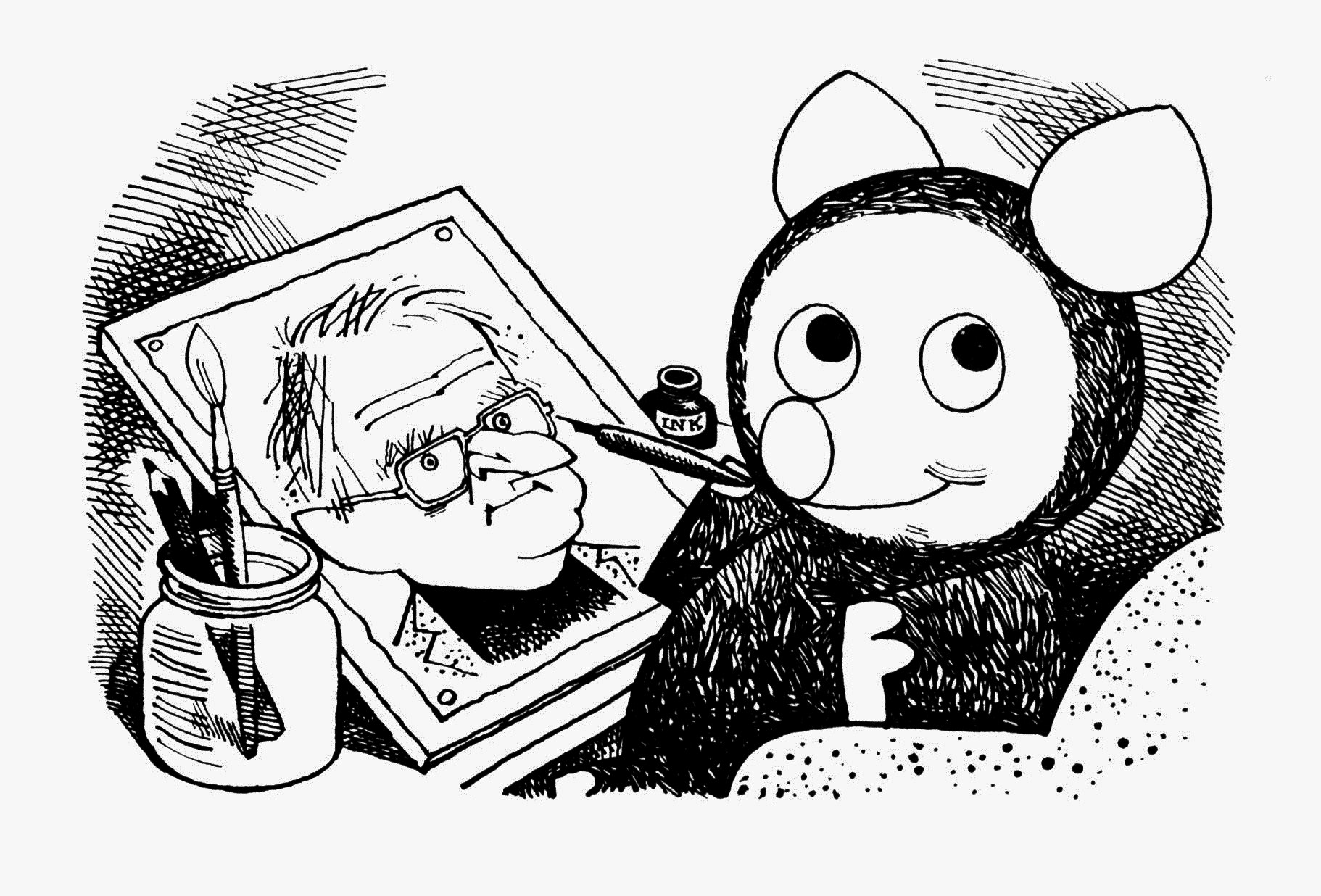In 1973 the first cartoons arrived at Kent, in the shape of a large deposit of 20,000 cartoons from the Daily Mail and Evening News. This paved the way for the establishment of the Centre for the Study of Cartoons and Caricature (CSCC), which was formally inaugerated at the University of Kent in October 1975. Dr Graham Thomas, who worked at the university’s Politics Department, was instrumental in it’s founding and, along with colleagues such as Colin Seymour-Ure, built the CSCC into one of the largest and most significant collections of cartoons in the UK. Today we know these collections as the British Cartoon Archive.
To celebrate the 50th anniversary of the CSCC and the British Cartoon Archive, we’ll be hosting a variety of events and activities from Summer 2023 through to Winter 2025. Information about these events will be posted here.
The 50/50 Project: Celebrating 50 Years of the British Cartoon Archive (June-December 2023)

Our volunteers selecting and reviewing material in the Special Collections and Archives Reaing Room.
This is a volunteer-led project aiming to explore and select 50 cartoons from across the British Cartoon Archive collections to feature in an exhibition in the Templeman Gallery. The project took place on Mondays throughout June 2023. The exhibition will be on display from October 2023 to Febraury 2024.
After an initial tour of the collections the volunteer group got hands-on with cartoons, searching our catalogues, viewing material, and writing captions, before curating the exhibition.
The exhibition has now been installed and can be viewed in the Templeman Gallery space (first floor, A block) until early February 2024.
Cartooning Covid-19 (October-December 2023)
‘Cartooning Covid-19’ was a 10-week volunteering project which aimed to make available cartoons published in national papers during the Covid 19 pandemic between March and December 2020. Through the description and cataloguing of these cartoons, we will ensure that this important period in recent history is captured in the cartoon catalogue of the British Cartoon Archive for use in learning, teaching and research.
The project was carried out using a hybrid model of in-person group sessions and remote virtual cataloguing. Volunteers were provided with full training as part of the project, including sessions from the archive team about the BCA and the work they would carry out to preserve it and make it available, and they were given access to library resources such as newspaper archives and both physical and digital cartoon collections.
One of the project volunteers, Amy, had the following to say about the project:
“I have been volunteering with UKC for the past 3 months and I have found it to be a very rewarding time. Helping to curate the cartooning COVID collection has been eye opening experience on a personal level for me, as this is something which will be discussed in future History lessons but something we are also still trying to adapt to and learn to live with. The experience during this project has been enjoyable as well as challenging, from getting to know a little more about the artists behind the comics, to remembering Boris Johnson’s cabinet and the many reshuffles along the way including the many mixed messages, opinion and unprecedented challenges shared by those around him. Whilst doing this collection its has also pushed my own limits as modern-day politics is not within my normal comfort zone. The special collections and archives have a variety of different projects on going, so I will be looking forward to volunteering again in the new year.”
The project led to almost 400 cartoons being catalogued – search https://archive.cartoons.ac.uk now to find them!
The project will began in October 2023, see https://blogs.kent.ac.uk/specialcollections/2023/09/01/cartooning-covid-19-call-for-volunteer-participants/ for more information.

